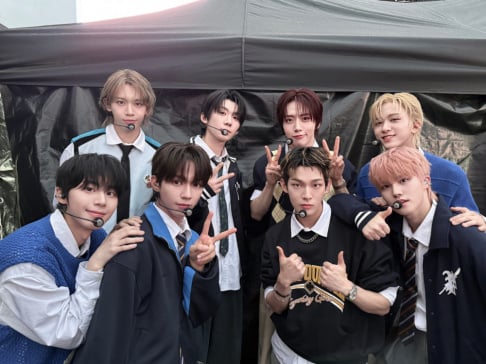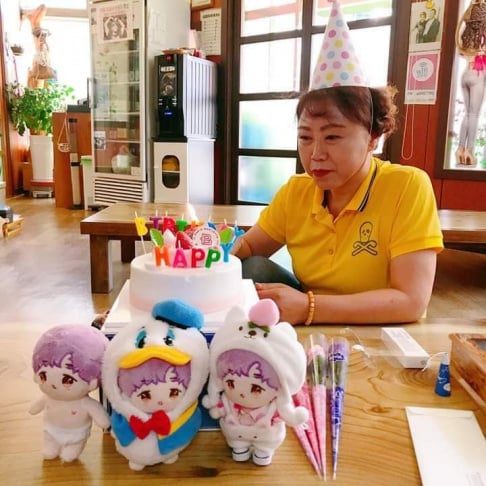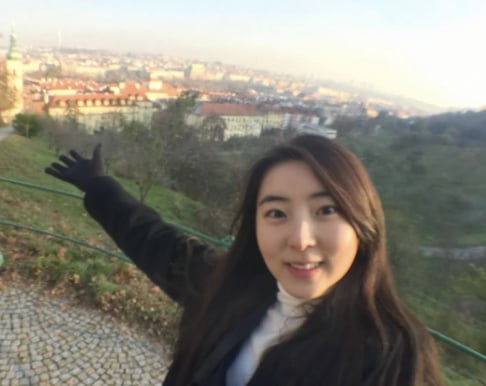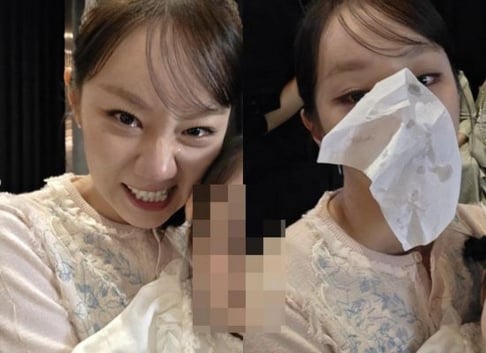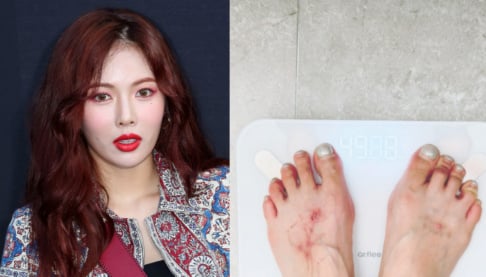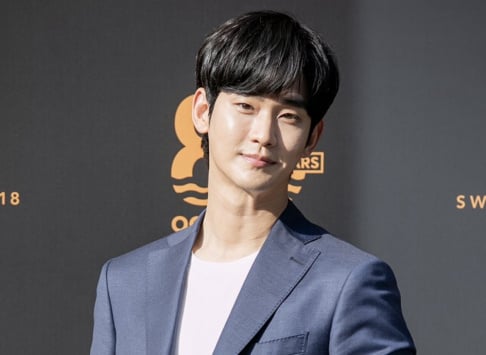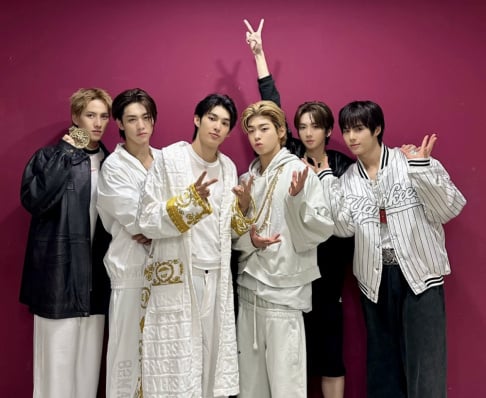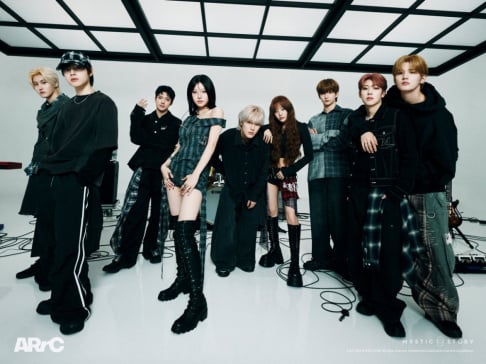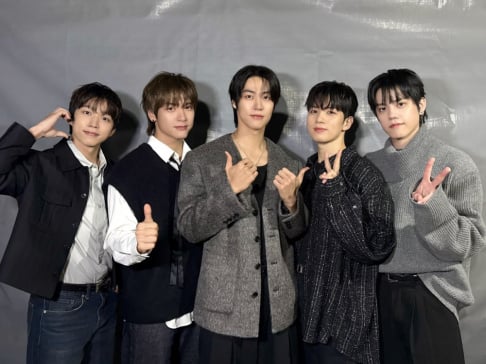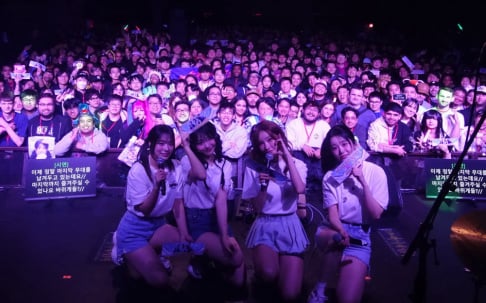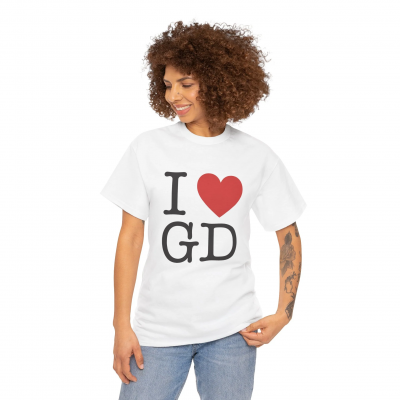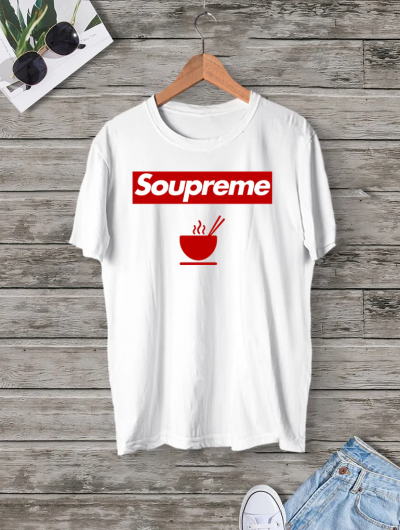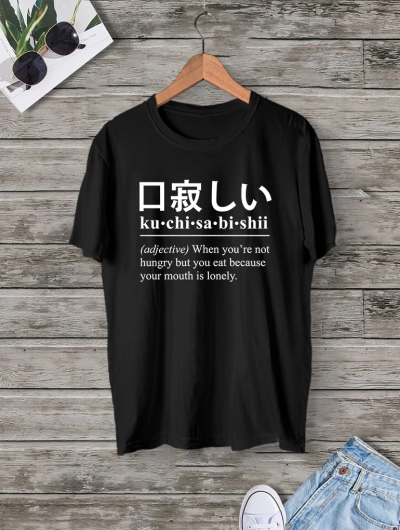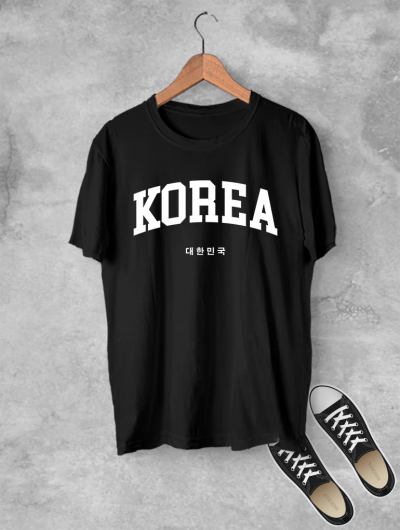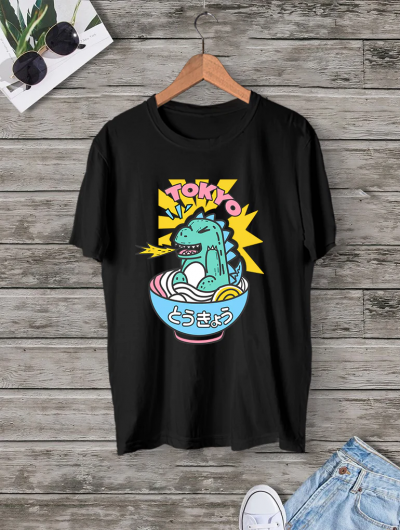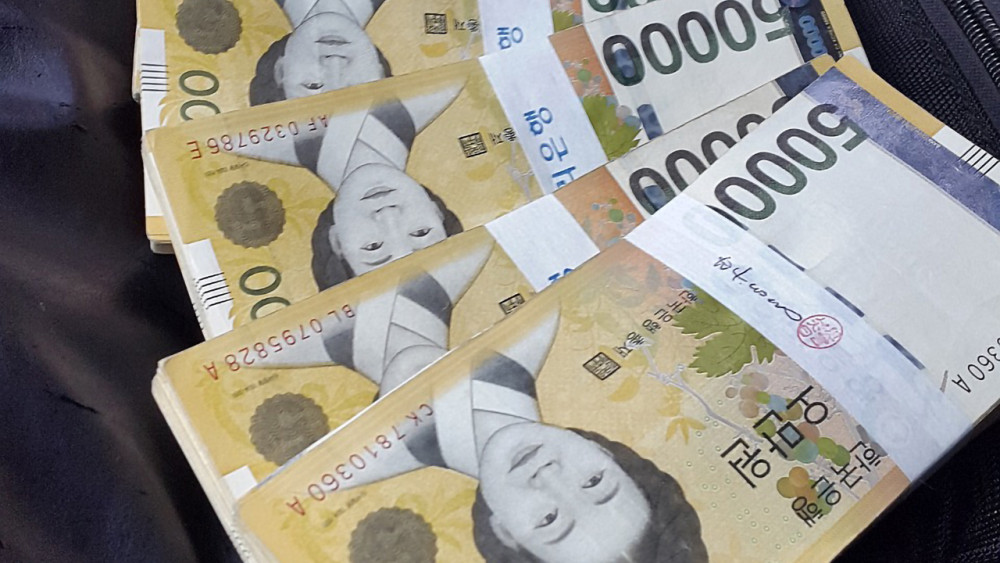
The income gap between the top 10% and the bottom 10% of households has, for the first time, exceeded 200 million KRW (~136,718 USD) annually while the household wealth gap between these groups has widened to over 1.5 billion KRW (1.025 million USD).
According to the Household Finance and Welfare Survey by Statistics Korea and the National Statistical Portal (KOSIS) released on January 5, the average annual income of households in the top 10% income bracket last year was recorded at 210.51 million KRW (~143,878 USD).
This marks an increase of 13.04 million KRW (8,912 USD), a 6.6% increase compared to the previous year (197.47 million KRW/ 134,966 USD), surpassing the 200 million KRW milestone (~136,718 USD) for the first time since data collection began in 2017.
In particular, property income surged by 4.59 million KRW (3,137.28 USD) a 24.7% increase compared to the previous year, driving the increase in overall income. Earned income rose by 5.72 million KRW (3,910 USD), a 4.1% increase, while business income increased by 2.62 million KRW (1,791 USD), a 7.5% increase.
The average annual income for households in the bottom 10% was 10.19 million KRW (6,964.14 USD), which was a 650,000 KRW (444.23 USD) or 6.8% increase from the previous year. However, this was insufficient to close the income gap.
The income gap between the top and bottom 10% reached 200.32 million KRW (~136,893 USD), marking the first time since 2017 that it surpassed 200 million KRW, setting a new all-time high.
The analysis suggests that the growing gap is due to continued "performance bonuses" at large corporations, which widened the wage gap between large and small businesses, as well as increased property-related income, such as interest and dividends, for high-income earners.
The income disparity has also led to wealth polarization.
Last year, the top 10% of households held assets worth 1.62 billion KRW (1.107 million USD), over 1.5 billion KRW (~1.025 million USD) more than the bottom 10%, whose assets amounted to 128.03 million KRW (87,000 USD).
A government research report also highlights this polarization.
According to a report published last year by Hong Beom Gyo, former vice president of the Korea Institute of Public Finance, the top 1% of the population owned 25.4% of the nation's wealth, while the top 10% owned 58.5%. In contrast, the bottom 50% held only 5.6% of the total wealth.
 SHARE
SHARE










